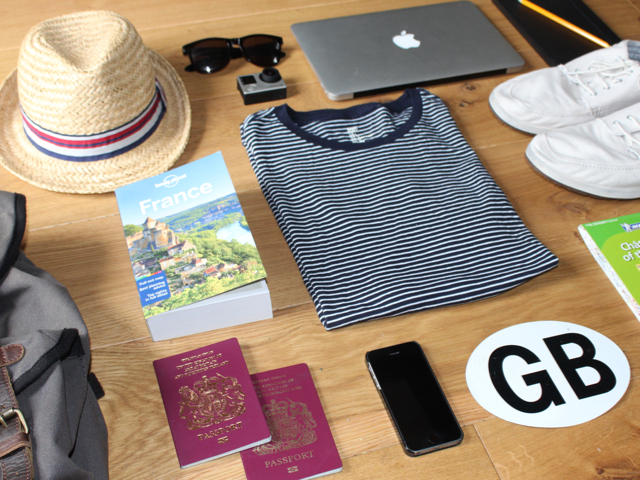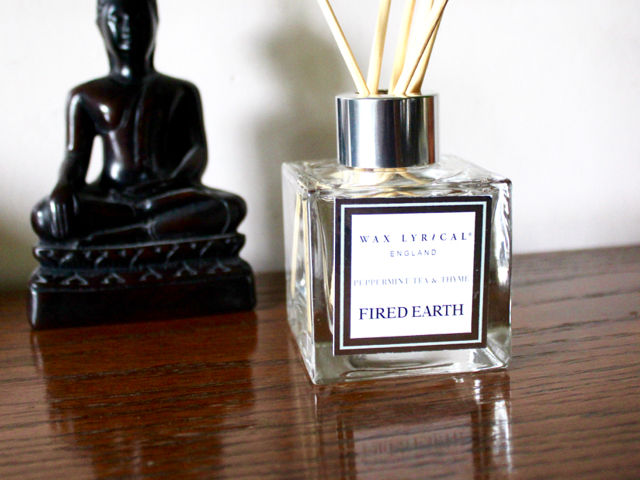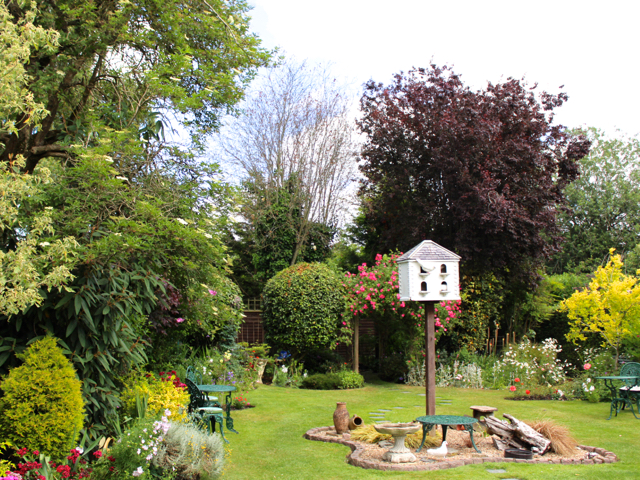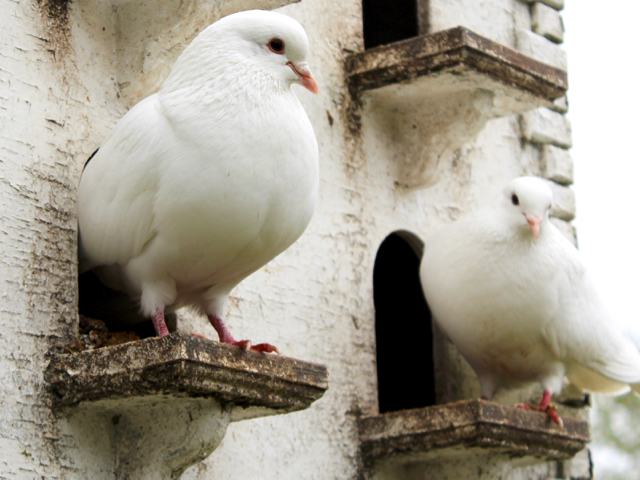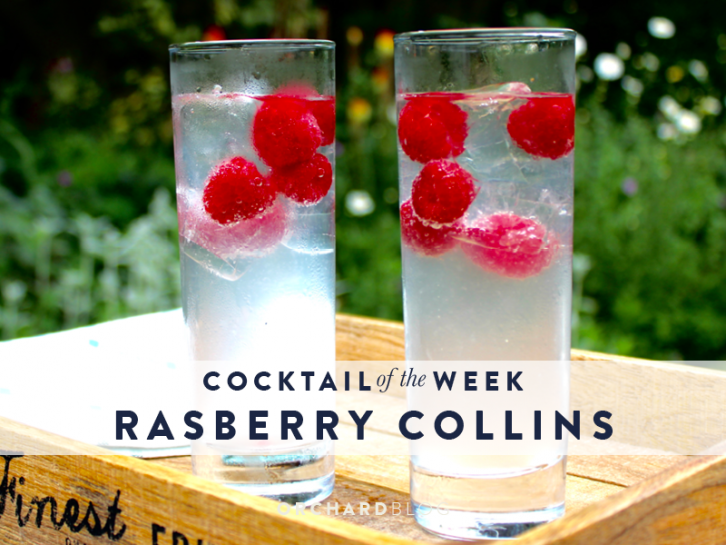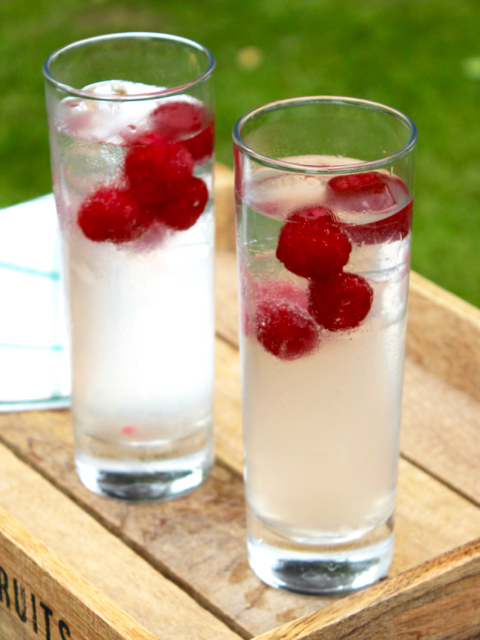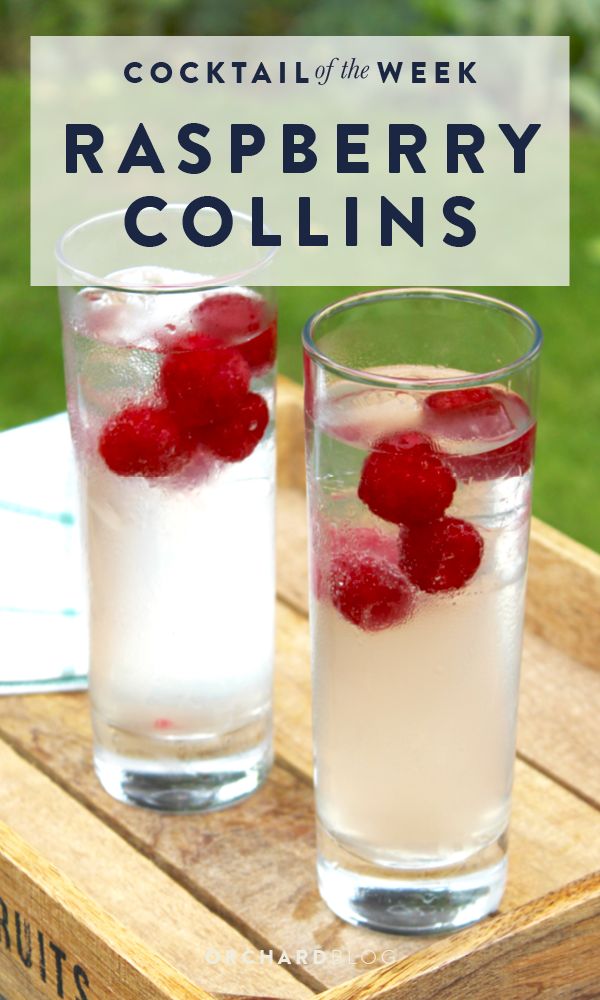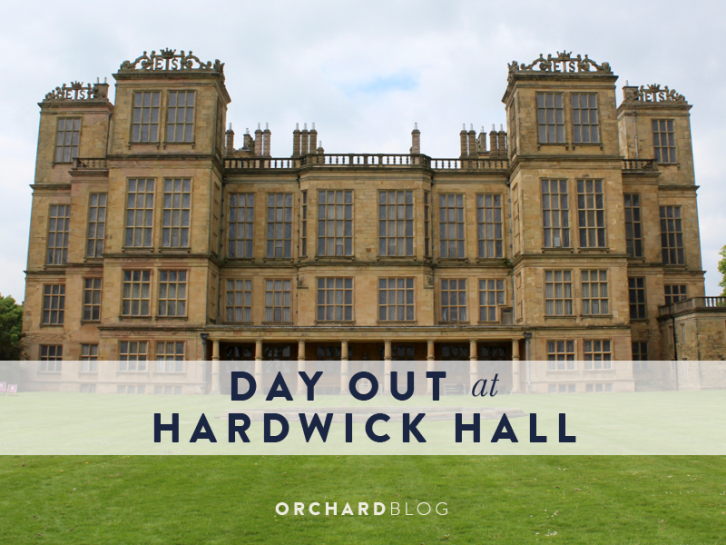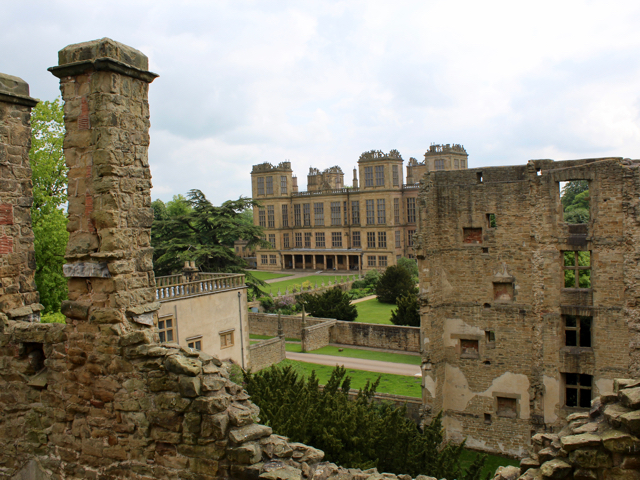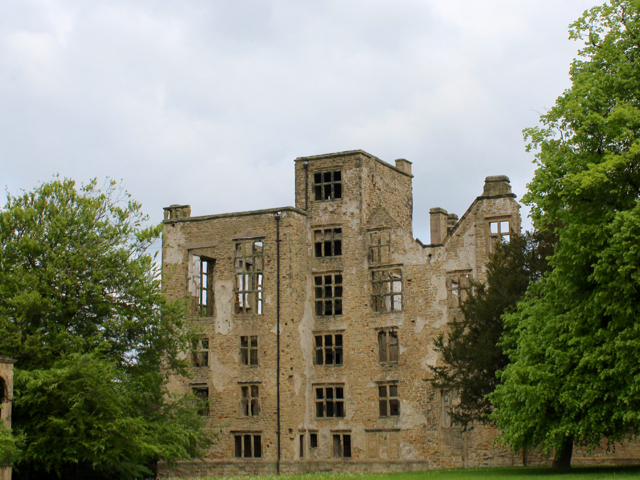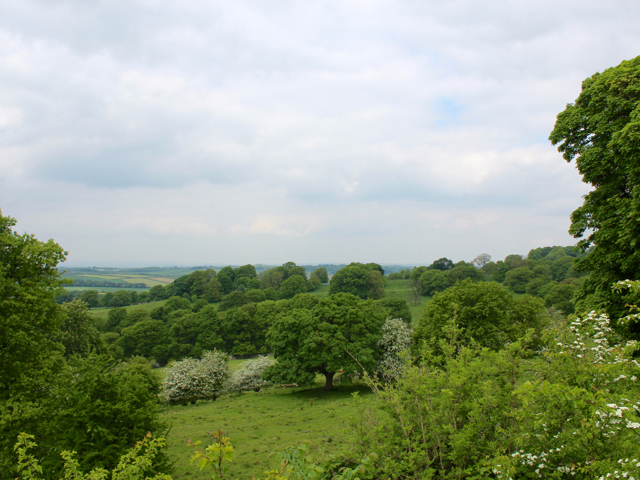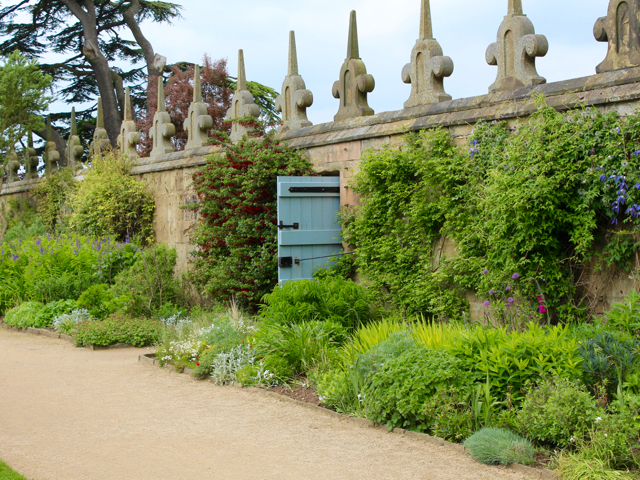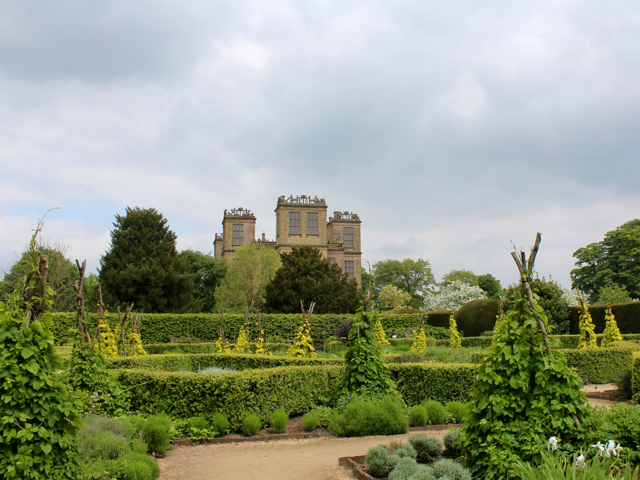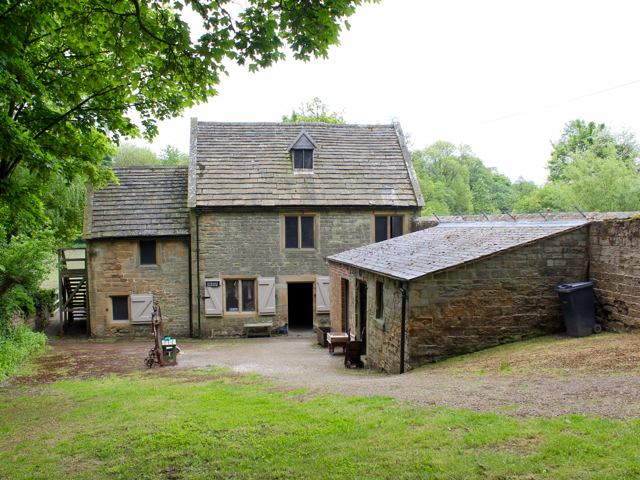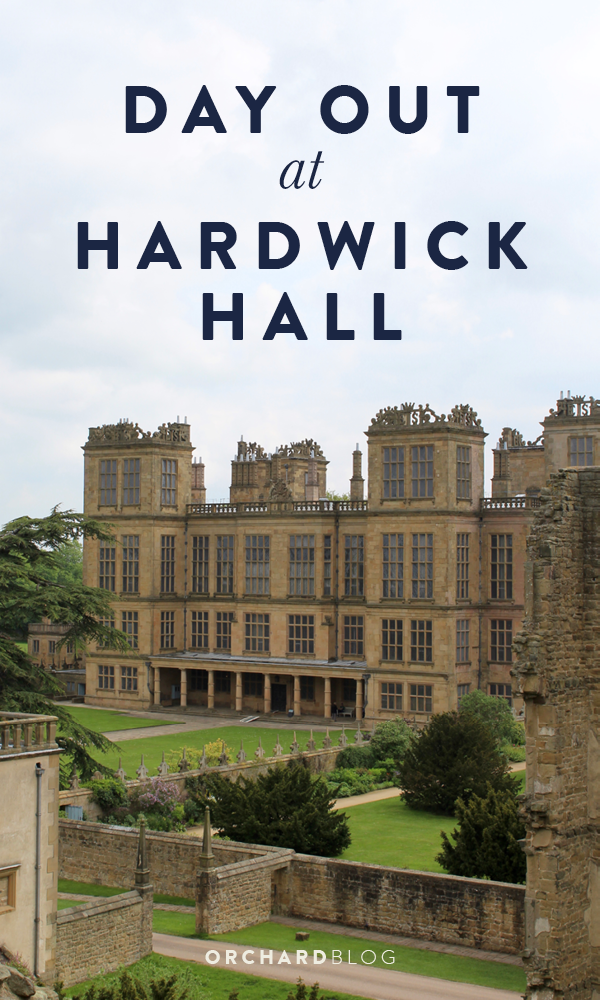We recently spent a week’s holiday in the Loire Valley, it is a beautiful part of France and home to some of the best Châteaux. They span centuries of French history in a multitude of different architectural styles. We visited a dozen of the best and here are our thoughts. If you have any questions or suggestions please let us know in the comments.
Château de Villandry
Best for impressive gardens
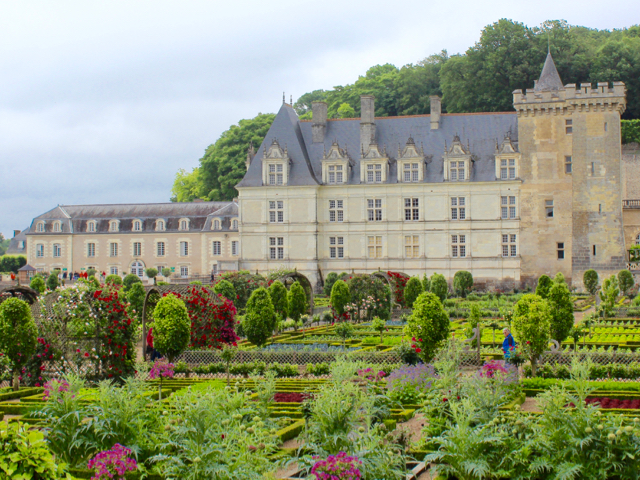
A late renaissance chateau mostly famous for its stunning gardens. The gardens were created in 1906 using 16th century designs. They are by far the most impressive of any of the gardens in the Loire and a must visit of any garden enthusiasts. Discover more…
Château de Azay-le-Rideau
Best for a peaceful retreat
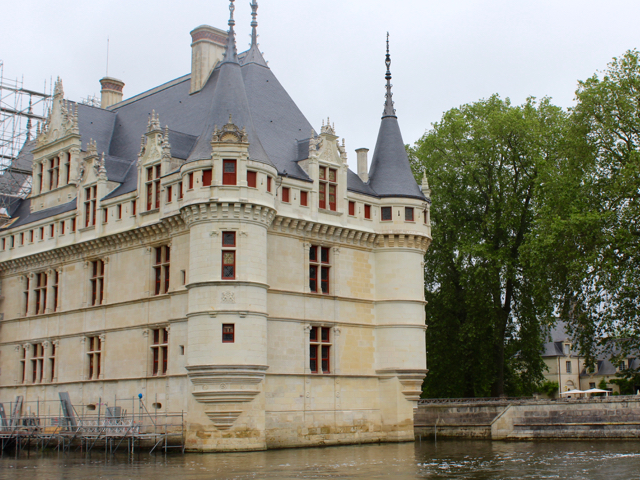
Whilst not the grandest or most historical, Château de Azay-le-Rideau wins out with its graceful architecture and peaceful setting on an island in the river Indre. Discover more…
Château d’Ussé
Best for fairytale escapism
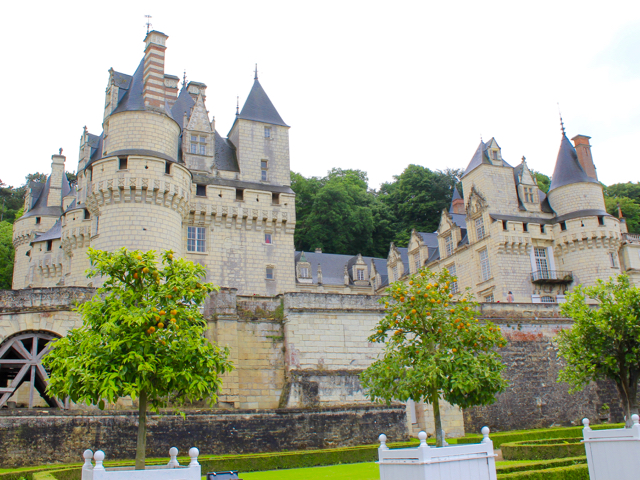
If you are looking for a fairy book Château d’Usse is the one for you. The chateau has countless turrets, romantic gardens and is said to have been the inspiration behind Charles Perrault’s version of Sleeping Beauty. The interiors are beautiful if a bit tired around the edges. Discover more…
Forteresse royale de Chinon
Best for military history
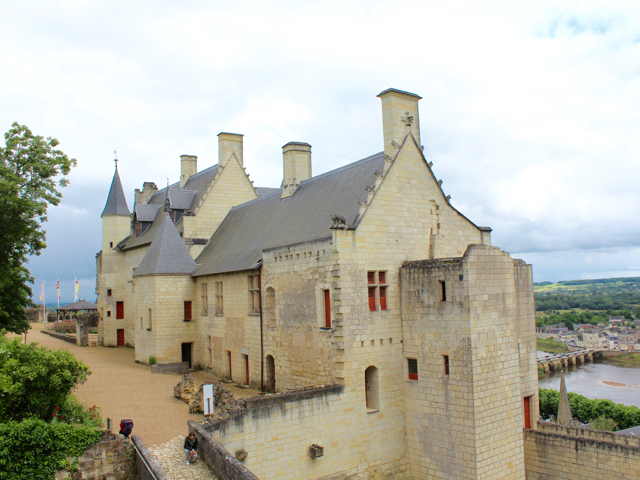
An impressive fortress overlooking the town, now mostly in ruins but was once the home to medieval kings and has links to Joan of Arc. It has a good multimedia exhibition on the history of the kings that built the fortress. Discover more…
Château de Chambord
Best for majestic grandness
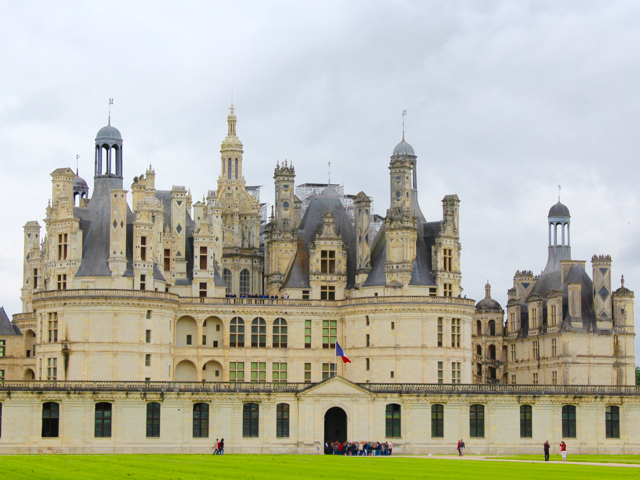
The largest and grandest of all the Loire chateaux with stunning renaissance architecture and a stately presence. Built by François I as a royal hunting lodge, albeit one with over 400 rooms. In the centre is the chateau’s famous double helix staircase, reputably designed by Leonardo di Vinci. Discover more…
Château Royal de Blois
Best for gory history
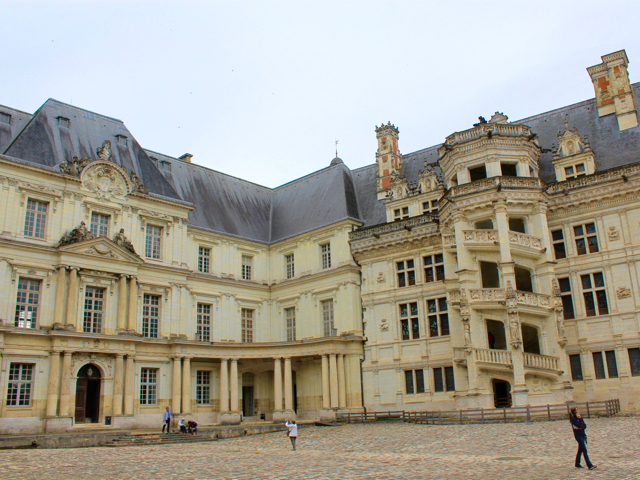
In the center of Blois the Château Royal has a bit of a split personality architectural speaking, with medieval, renaissance and classical wings. It has been the site of some important events in French royal history, including a bloody murder sanctioned by King Henri III whilst he hid behind the tapestries. Discover more…
Château de Cheverny
Best for classical beauty
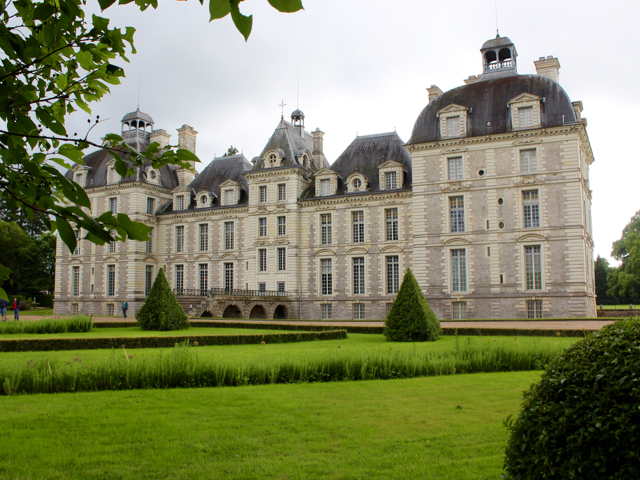
A practically perfect proportioned chateau. Built in the 1630s in the French classical style, Cheverny is the epitome of elegance. Famously it was also the inspiration for Marlinspike Hall in the Tintin comics, it has an exhibition to this link in the grounds. Make sure you visit the kennels in the grounds, Cheverny hunt’s 70 fox hounds live here and are a joy to behold. Discover More…
Château d’Angers
Best for medieval history
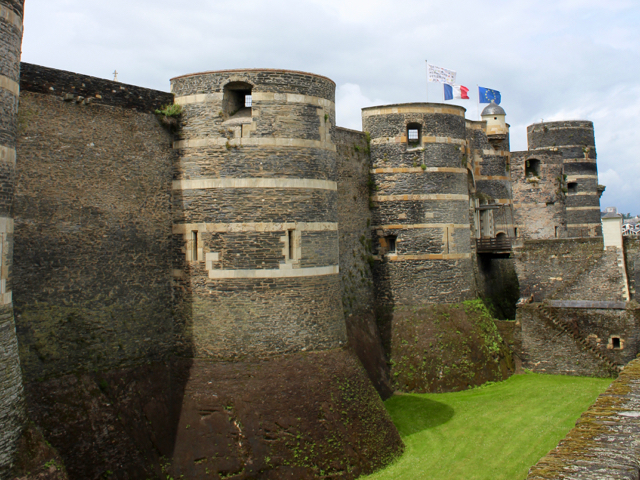
A foreboding city center fortress was once home to the powerful Dukes of Anjou. Built overlooking the river Maine the chateaux was strategically very important in the early medieval period. It is also home to the awe inspiring Apocalypse Tapestries house in purpose built galleries added in the 1950s. Discover more…
Château de Chenonceau
Best for feminine elegance
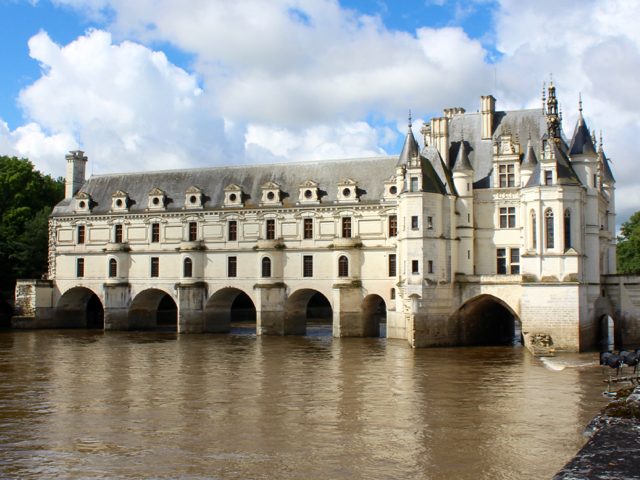
Known as the Ladies’ Château due to the prominent women that built and looked after the place. It is an extremely elegant Château that gracefully spans over the river Cher. It has a fascinating history from medieval kings’ mistresses right up to WWII, the château spanned the border between occupied and free France. Surrounded by beautiful gardens make this one of the most enjoyable in all of the Loire valley to visit. Discover more…
Château de Chaumont-sur-Loire
Best for inspiring gardens
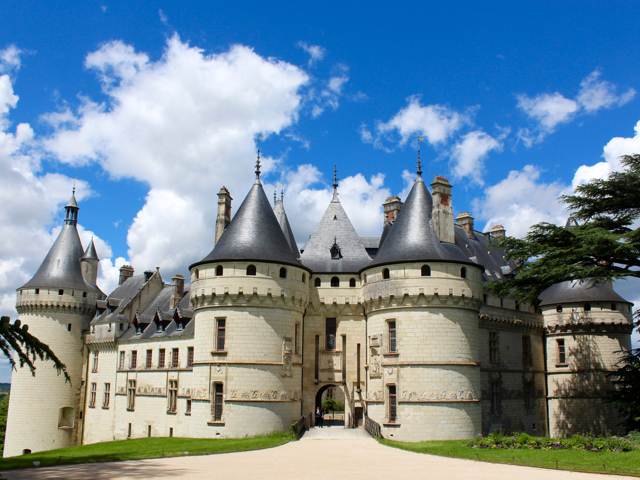
Seemingly a perfect medieval château, Chaumont-sur-Loire was built as a defensive fortress in the 14th Century, although it was quickly developed into the renaissance style and was significantly renovated in the 19th Century. It has gorgeous views over the Loire, and wonderful gardens that are well worth exploring. Each summer the International Garden Festival is held in the grounds, worth a visit. The château and grounds also houses some excellent contemporary art. Discover more…
Château Royal d’Amboise
Best for impressive views
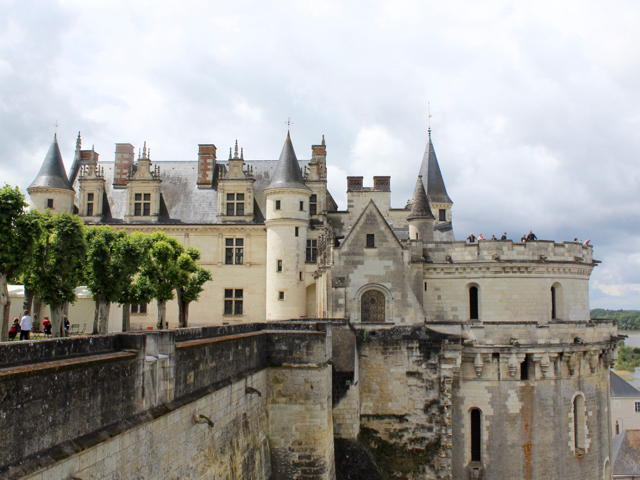
Majestically located on a rocky outcrop overlooking the charming town of Amboise. Not much is left of the once impressive château but in the remaining rooms you still get a sense of the royal splendour from the 15th and 16th centuries. Make sure to visit the chapel of Saint-Hubert where Leonardo da Vinci, who lived in the nearby Clos Lucé, is buried. Discover more…
Château de Saumur
Best for storybook silhouette
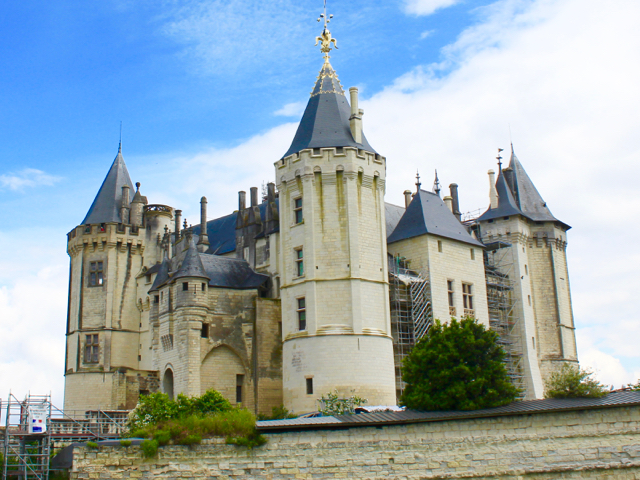
Situated high above the genteel town is the fairytale Château de Saumur, mostly built in the 13th century on the site of an earlier fortification it has a graceful silhouette with plenty of towers, pinnacles and chimney stacks. Discover more…
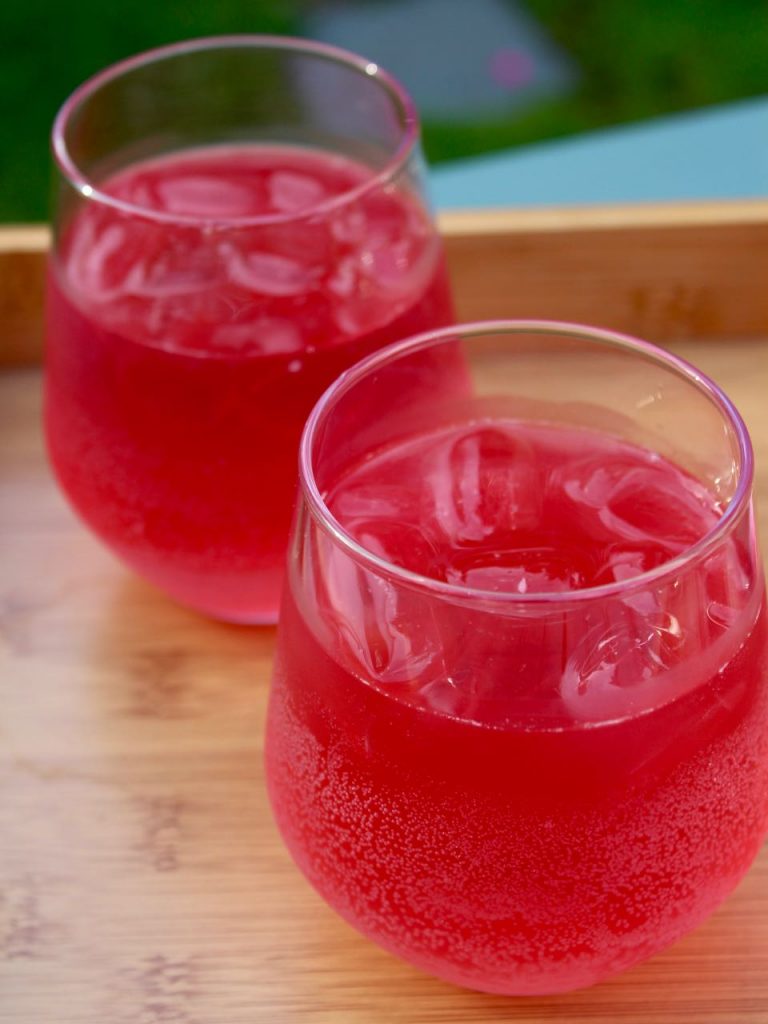

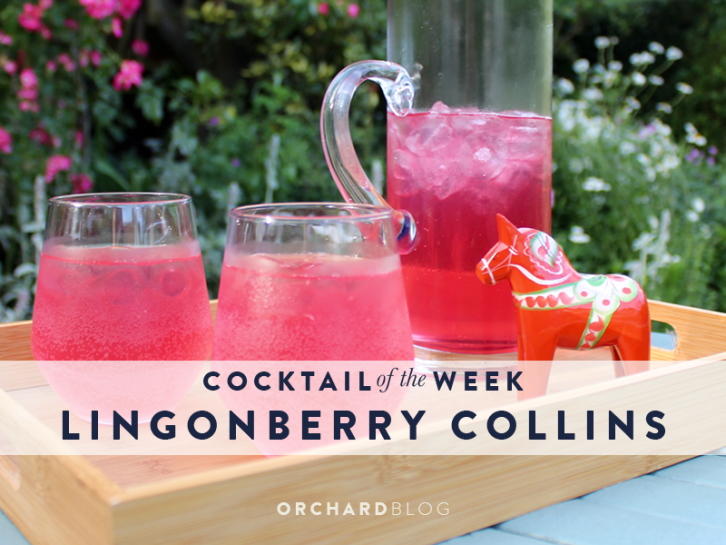
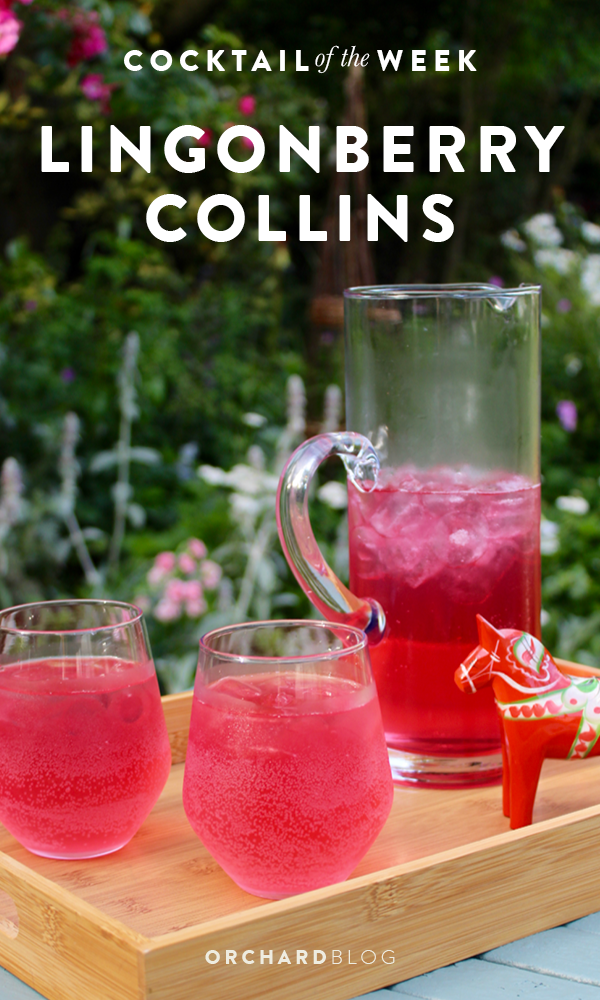
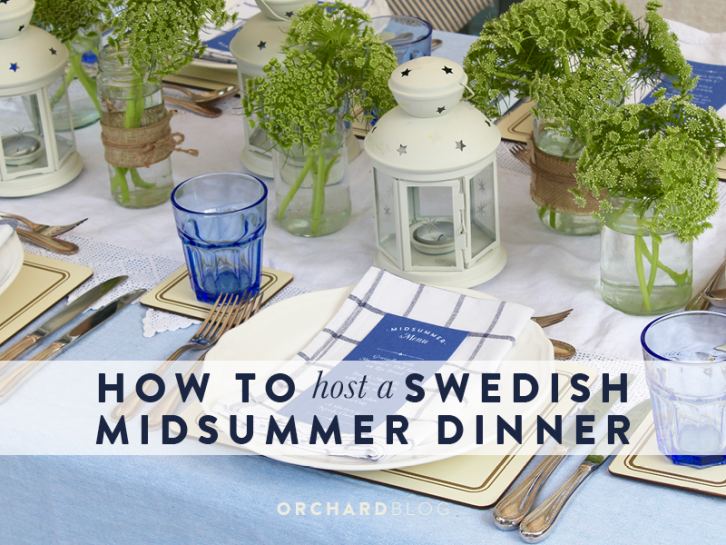
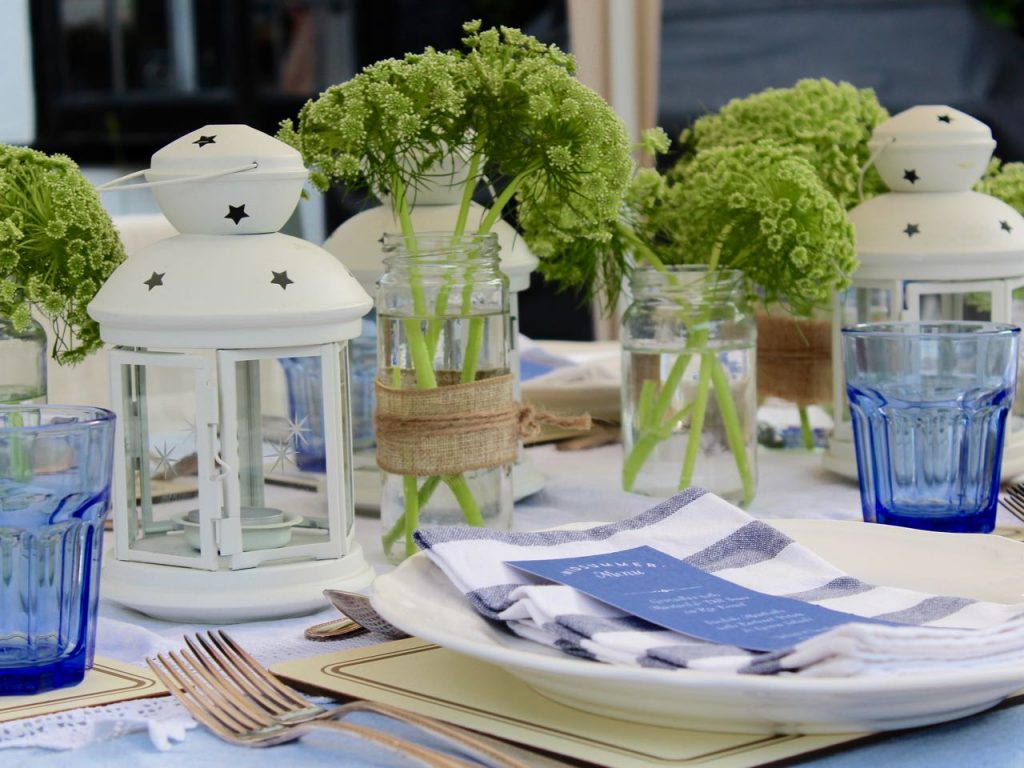
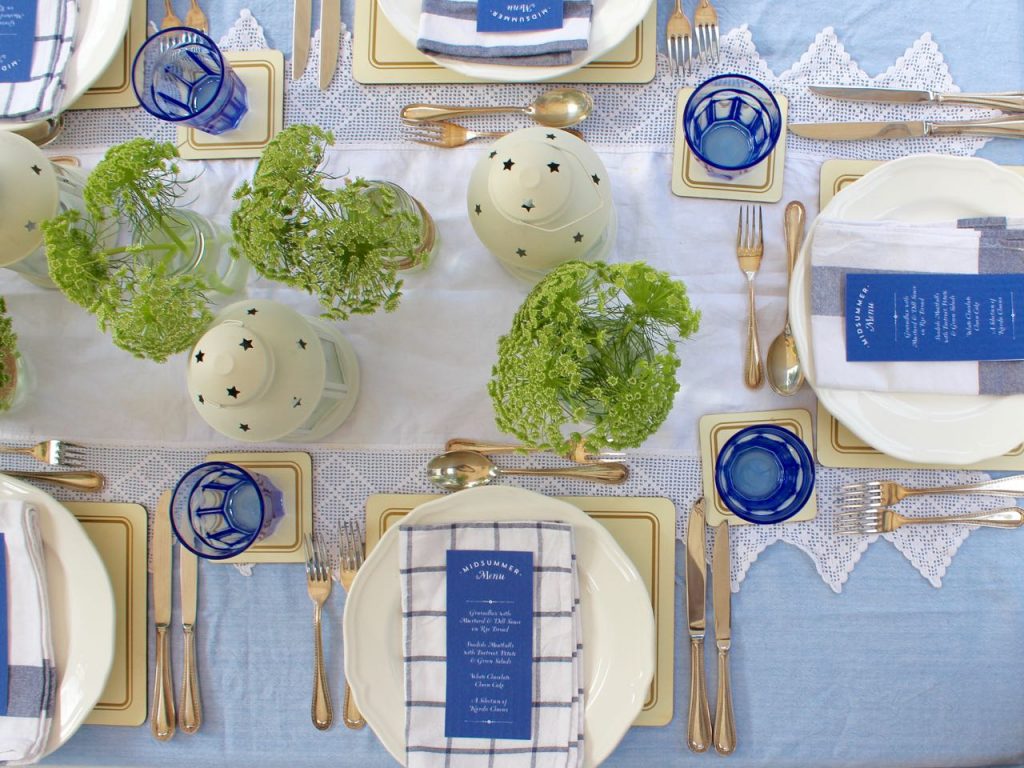
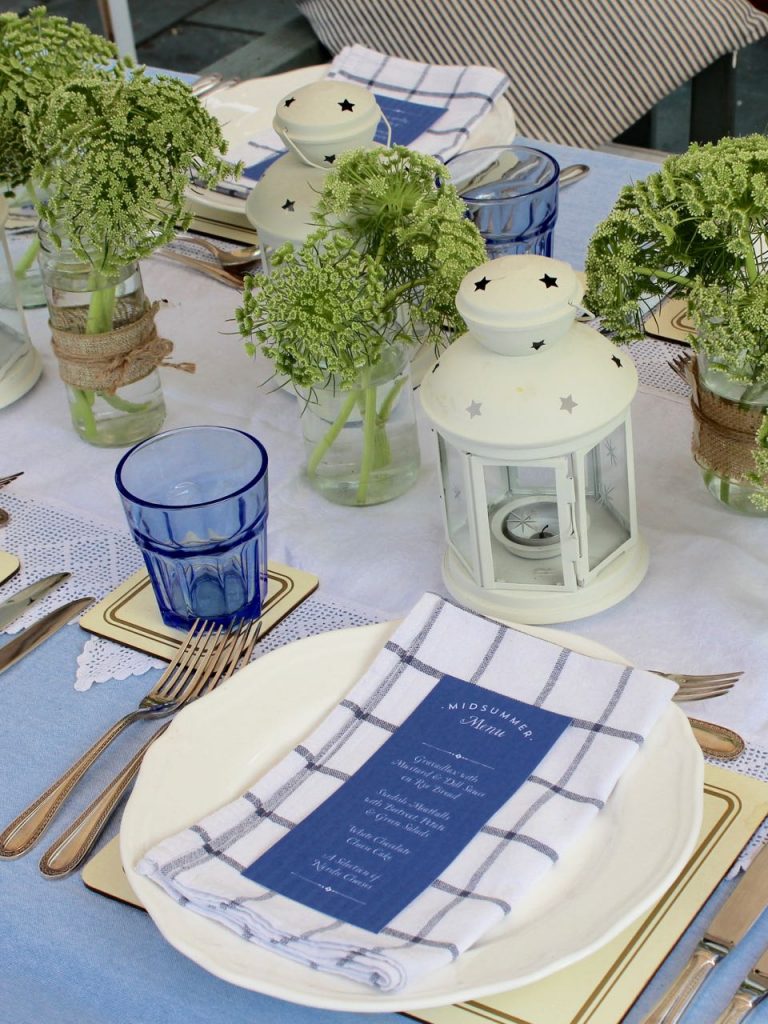
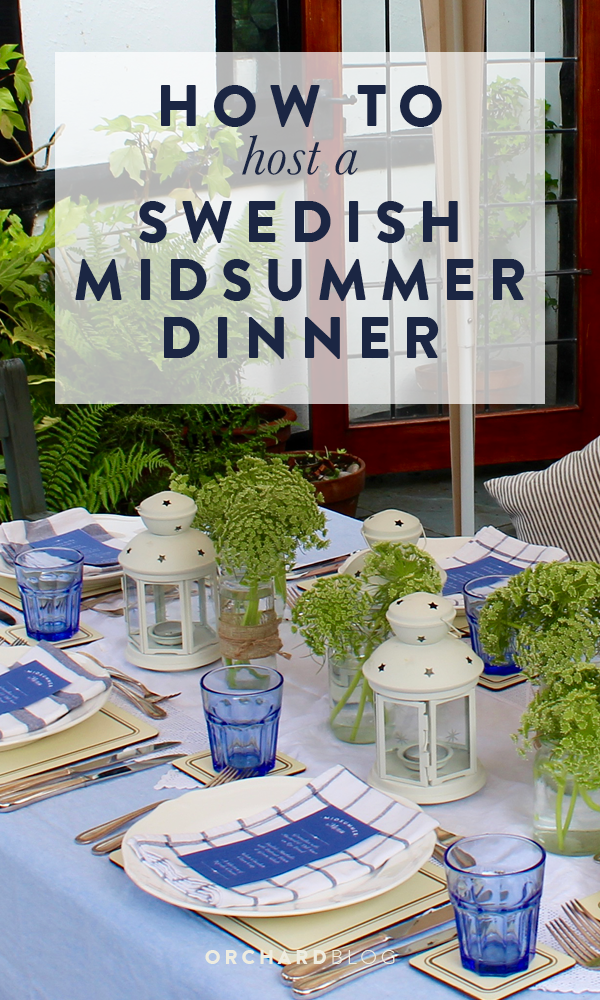

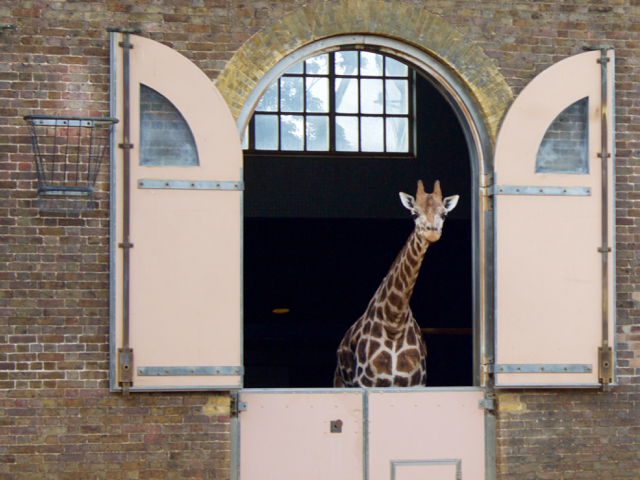
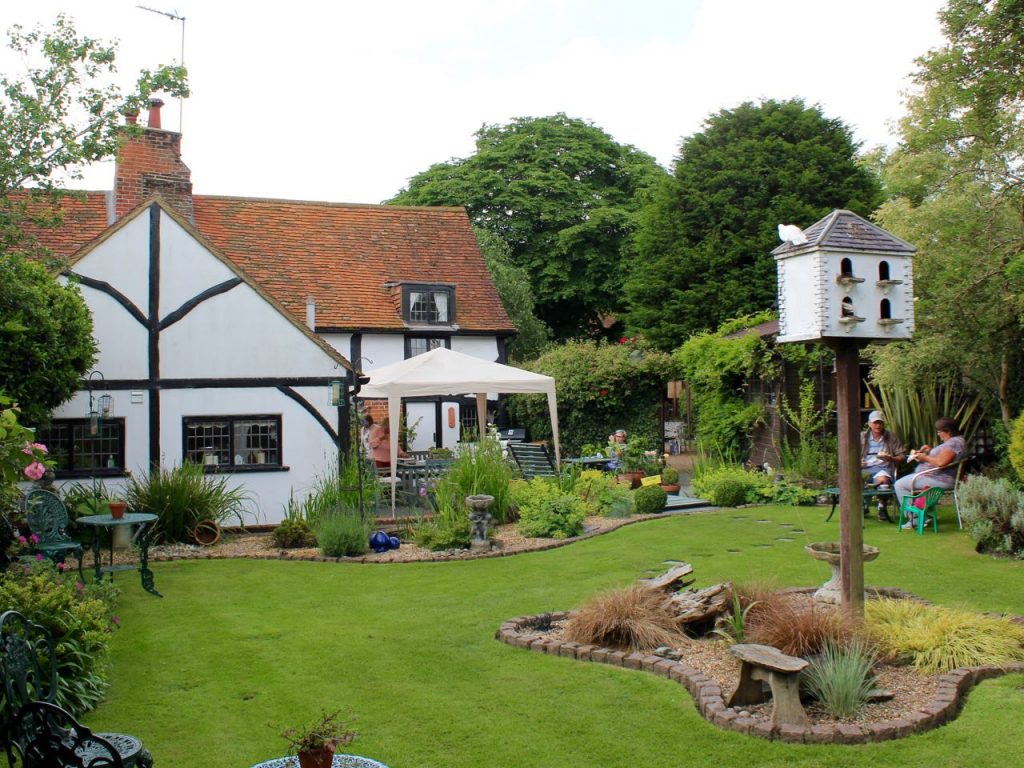
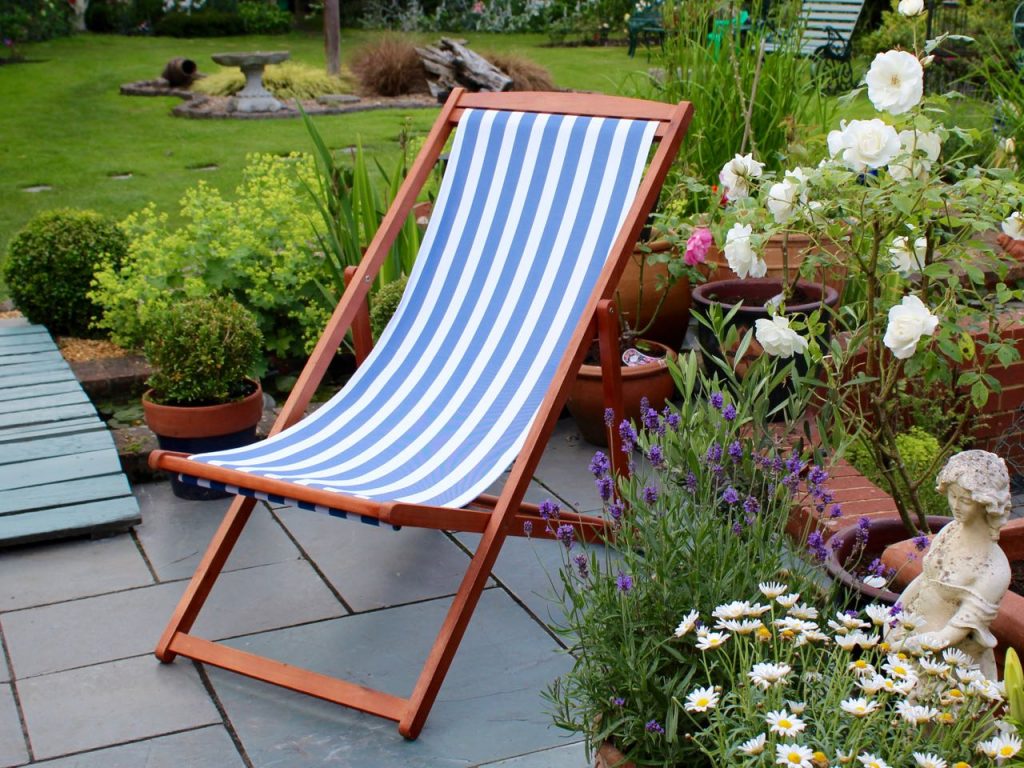
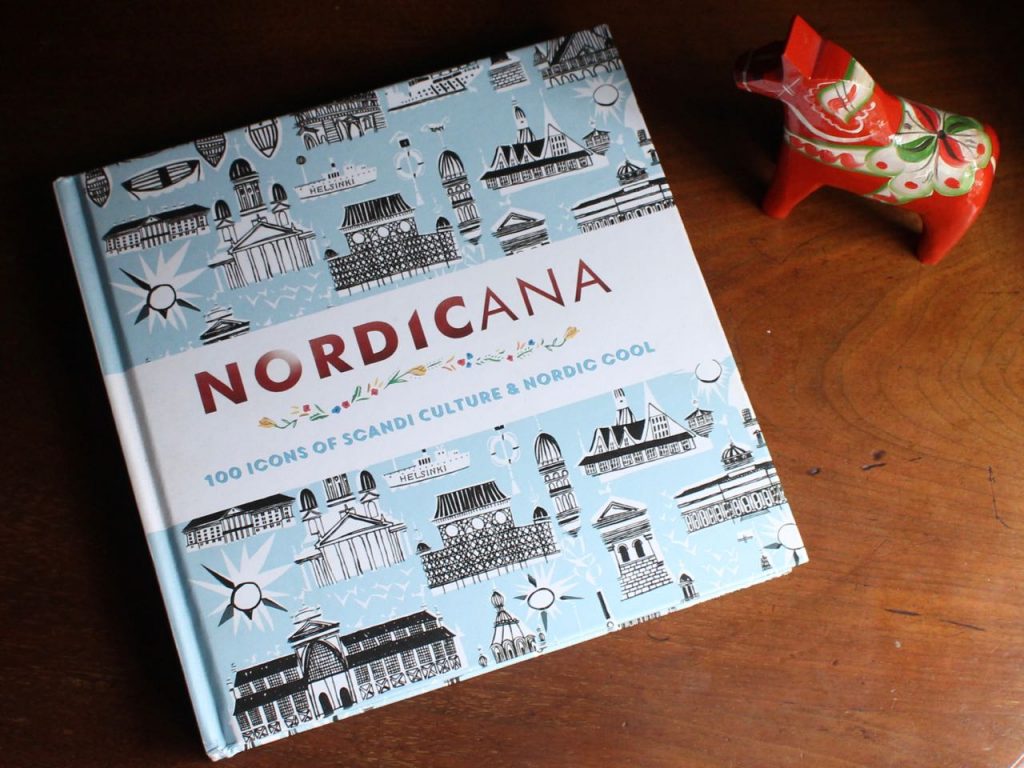
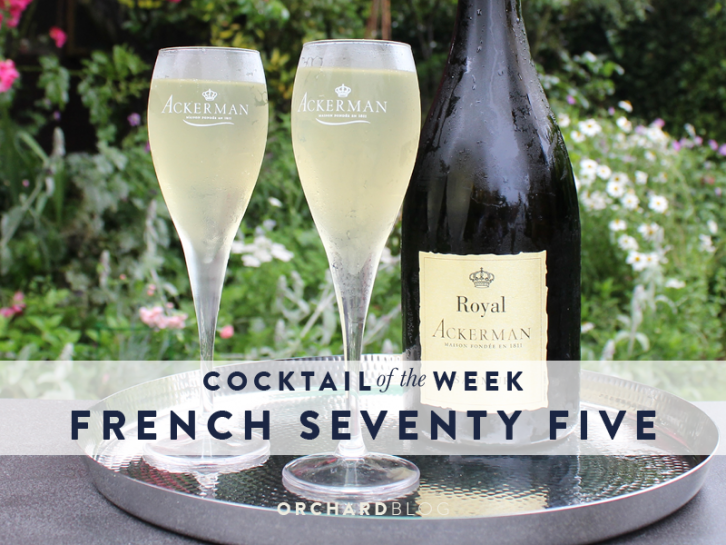
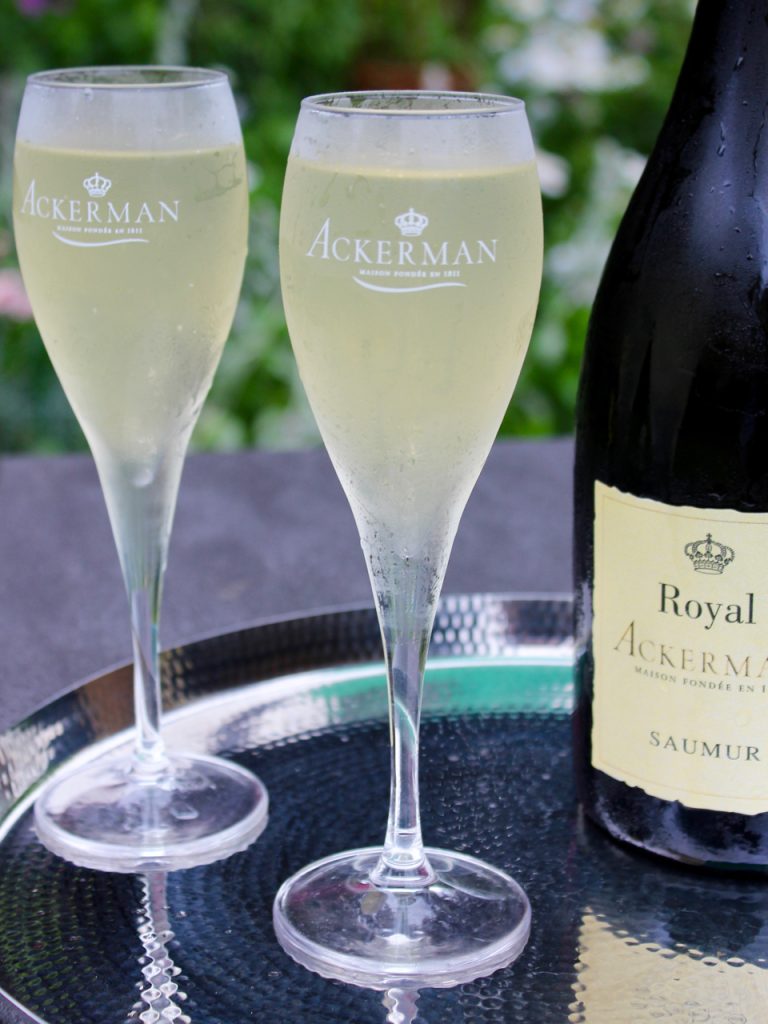
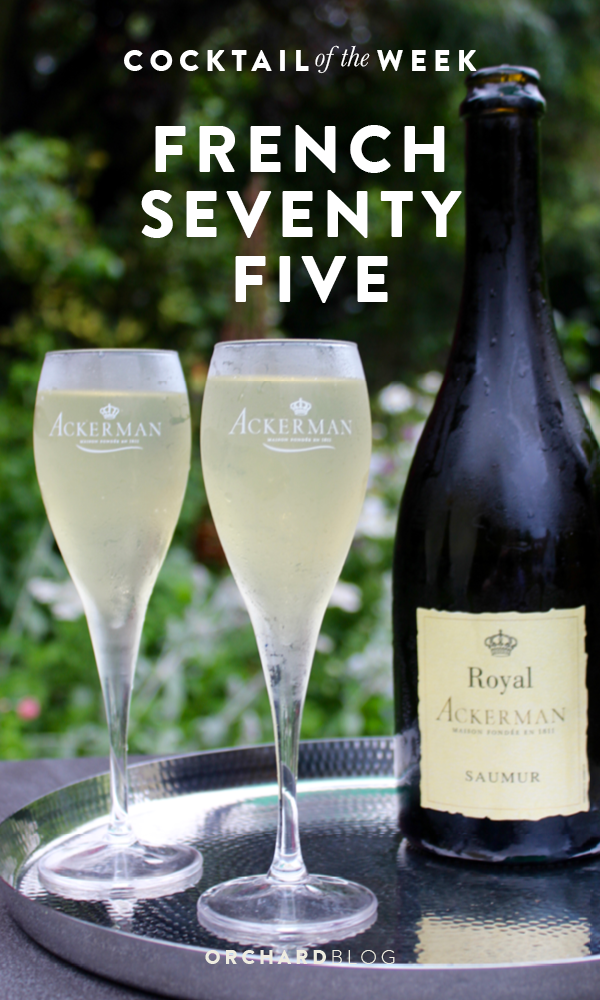













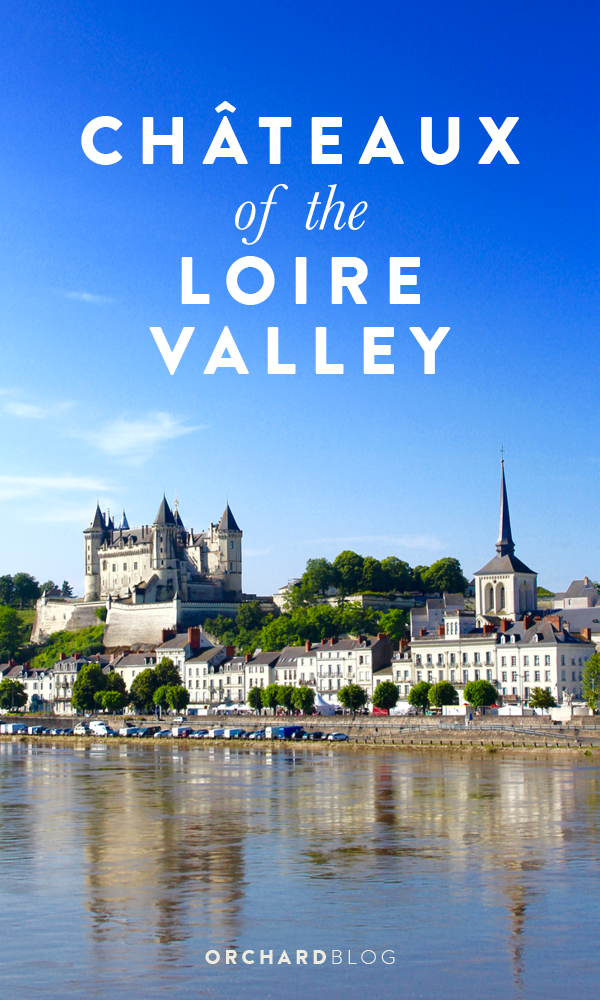
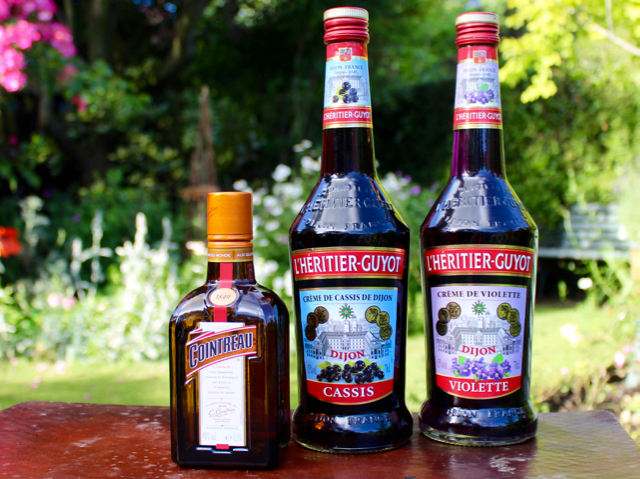
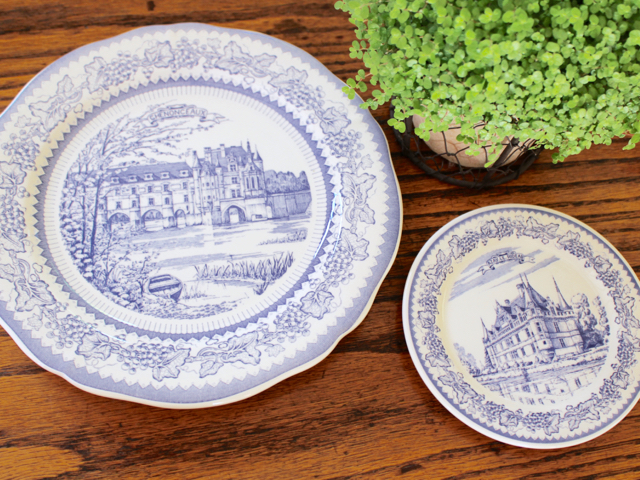
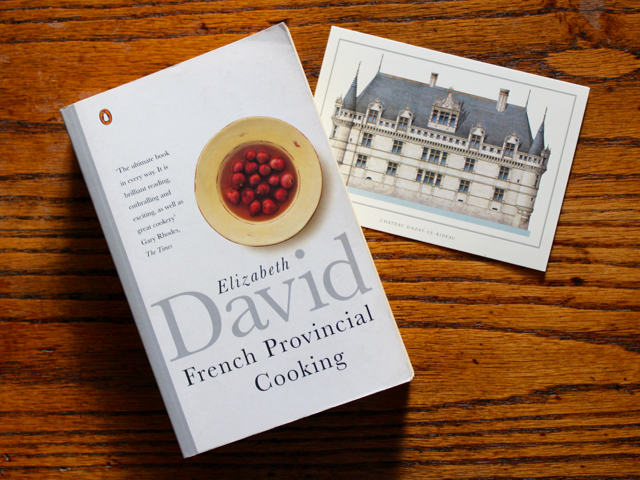
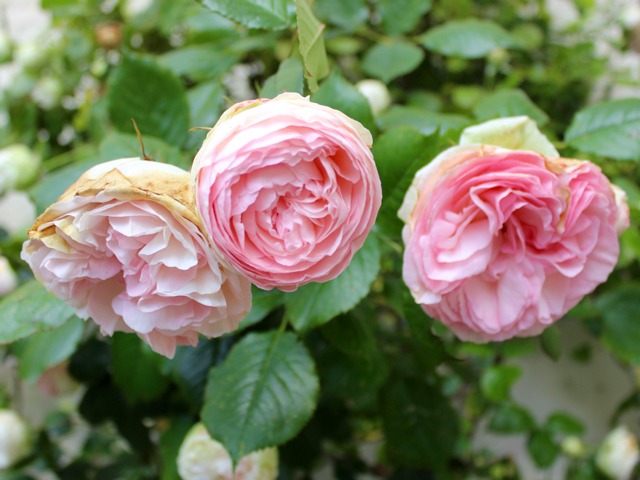
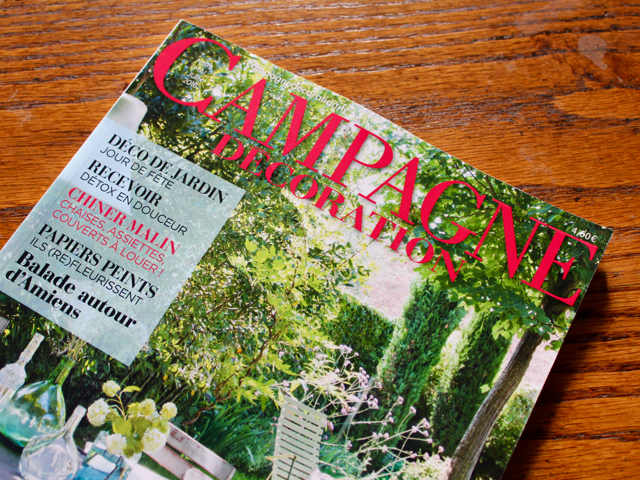
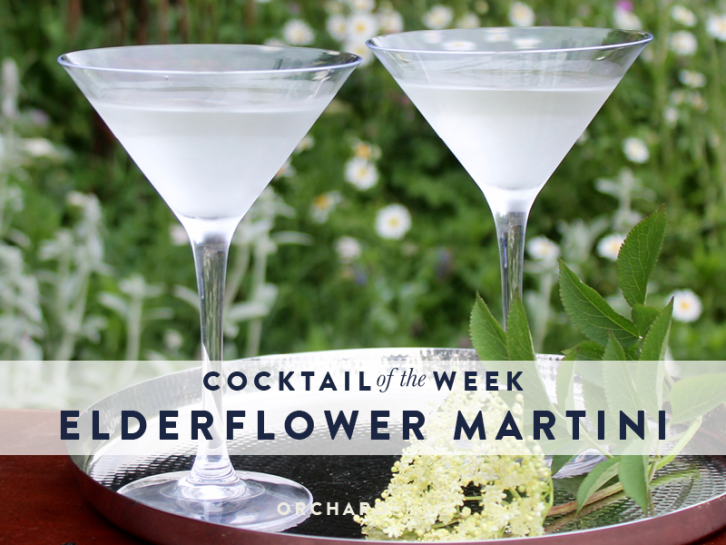
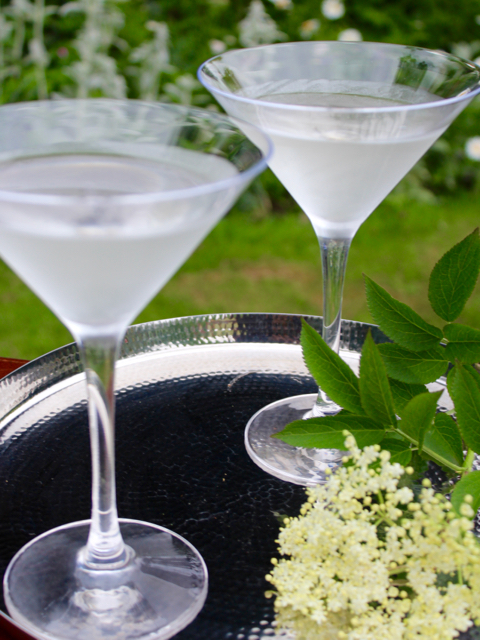
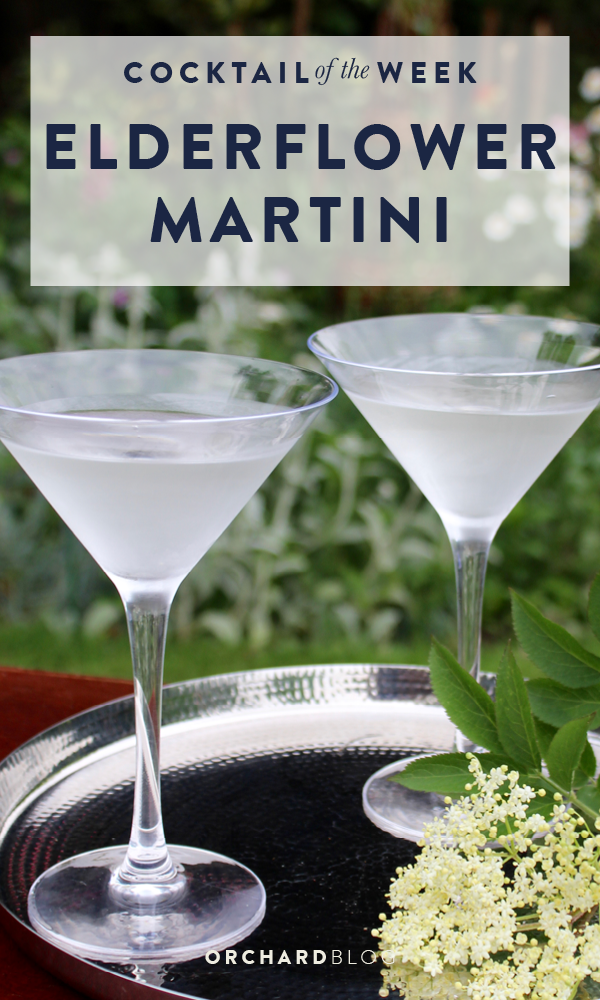 </>div
</>div